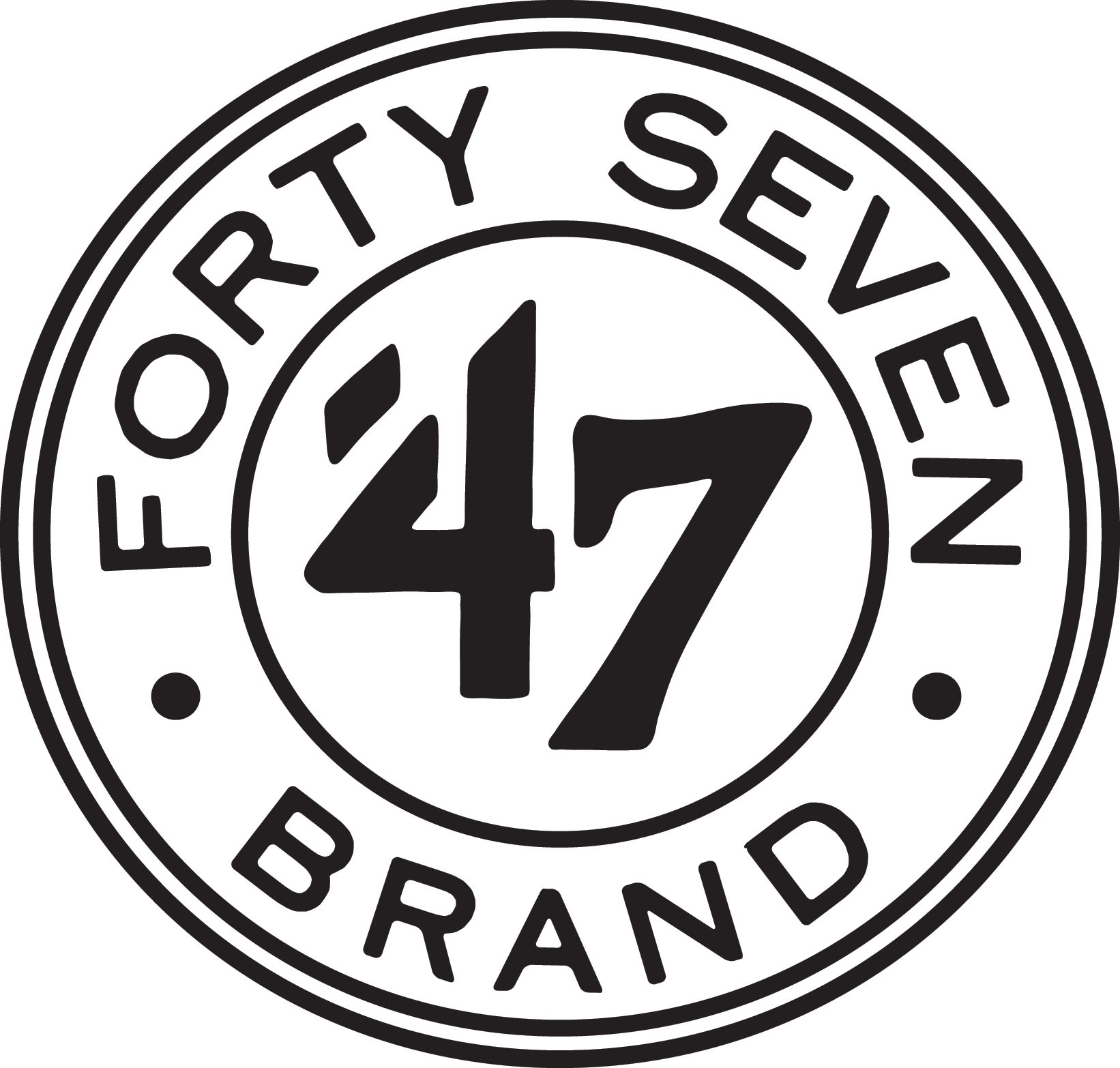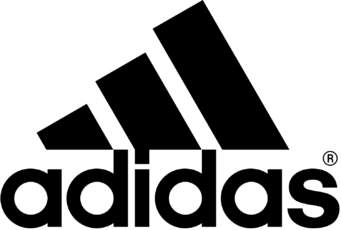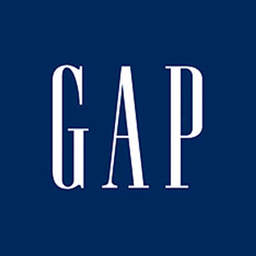Any judgment on how the government led by Prime Minister Nguyen Xuan Phuc has performed just after one year in office is still premature as the real tests lie ahead.
Shortly after meeting with US President Donald Trump in Washington D.C., Prime Minister Nguyen Xuan Phuc flew straight to Japan, for an official visit at the inviation of Japanese Prime Minister Shinzo Abe since he was elected Prime Minister in April last year.
Domestically, he has also been quite busy. Prior to travelling to the US, he held a dialogue with the country’s business community, his second since taking office, which gathered together some 2,000 business leaders from foreign-invested enterprises (FIEs), State-owned enterprises (SOEs), and private enterprises. The 63-year-old PM has also travelled around the country, meeting voters in Hai Phong city prior to the first session of the National Assembly (NA) and also delivering the key-note address at the APEC Ministers Responsible for Trade (MRT) meeting in Hanoi. Amid a host of other meetings and events, PM Phuc’s schedule has involved him actively seeking to improve the country’s economy and particularly its business environment; the major tasks of the government he leads. “A creative and facilitating government must ensure a friendly and highly-competitive business environment, encourage a free, creative and safe business climate for investors, prevent business monopolies and counterfeit goods, and respect and honor enterprises,” he told the dialogue with the country’s business community in mid-May.
Positive attitude
Unfortunately, Vietnam’s GDP slowed in the first quarter of the year, to 5.1 per cent; the lowest rate in three years, with the industrial sector recording its smallest expansion since 2011, according to the General Statistics Office (GSO). Last year, an El Nino-induced drought, an environmental disaster, and unfavorable global economic conditions put a brake on the country’s GDP growth, holding it at 6.21 per cent, the first slowdown since 2012 and placing it behind India, China and the Philippines in Asia. But analysts believe it was primarily because of external factors, like the slowing Chinese economy - one of Vietnam’s major trading partners - and struggling economies worldwide.
Some highlighted the role of the government in deftly managing the economy in the context of global uncertainties. “The government has kept the macroeconomy steady,” said Mr. Don Lam, CEO and Founding Partner of the Ho Chi Minh City-headquartered VinaCapital. “The Vietnam dong (VND) has been among the more stable currencies in the world, inflation is under control, 2016 ended with a trade surplus, and foreign direct investment (FDI) continues to be strong.” Vietnam, he went on, has now recorded a few years of stable and improving macroeconomics, “a major achievement if one thinks back to just a few years ago, when inflation was high and the VND devalued,” he said.
It would be unreasonable to hold the new government accountable for any economic slowdown, given its only be in power for just over a year. The PM Phuc-led government has been pulled out all stops to address the economy’s historic weaknesses, such as a poorly-performing banking sector saddled with bad debts, inefficient SOEs, and an incomplete legal framework for businesses. The government and the PM himself are attempting to reset business regulations to support the corporate community. “Since its inauguration in April 2016, I have seen that the new government led by PM Phuc has carried out various reforms,” said Mr. Masaaki Kobayashi, General Director of Panasonic Vietnam. “I understand that the so-called ‘facilitating government’ has adopted certain measures, such as streamlining taxes and regulations and revising laws to cut red tape and create a more favorable business environment.”
Despite some setbacks in terms of macroeconomic performance over the last 12 months or so, the Singapore-based Moody’s Investors Service still upgraded the government’s credit rating to B1 Positive from stable with a bright outlook, though the economy’s banking system remains a challenge. “Vietnam’s B1 rating and positive outlook reflect our expectation that strong FDI inflows will continue to diversify the economy and enhance economic performance compared with similarly rated peers,” Moody’s said in its latest credit assessment released on May 22. “Robust GDP growth continues, along with macroeconomic and external stability, which is favorable for the stabilization of the government’s debt burden.” Importantly, Vietnam “has also improved its cross-country assessments of institutional quality over the past four years, particularly in government effectiveness, albeit from low levels,” according to Moody’s.
In particular, its analysts pointed out, an upgrade to Vietnam’s credit rating would likely result from the passage of concrete measures that lead to a significant reduction in the government’s debt burden, and in light of rapid credit growth over the past few years, a further improvement in the intrinsic financial strength of the banking system and SOE sector, which will significantly diminish contingent risks to the government and lower macro-financial risks.

Low-key style
Despite the fact that Vietnam rarely highlights the personal role of a senior leader in an organization’s success and it’s still early days for the new government, some initial observations can nevertheless be made.
Emeritus Professor Carl Thayer from the University of New South Wales, Australian Defense Force Academy, believes that although he has followed a similar career path to his predecessor, rising from the local to central level, certain differences do stand out. “He is a government insider who rose to power via the government bureaucracy and came to office after the Communist Party of Vietnam reaffirmed the importance of collective leadership,” Professor Thayer said. “But PM Phuc’s style is low-key and in marked contrast to his predecessor.” In particular, the PM used caution in dealing with the environment pollution incident in central coastal provinces in April last year, just after he took office. Significantly, he has adopted a lower profile and works on the basis of consensus. “He is more influenced by the collective decisions of the Politburo,” Professor Thayer said.
In Vietnam, while individual leadership is important, the broad outlines of its socioeconomic development for the next five years are determined by the National Party Congress. But PM Phuc and the government have taken on several major undertakings that have been viewed as “pro-business”, according to analysts. On the day he met with the country’s business community, he announced a new government directive, under which authorities are not permitted to conduct more than one inspection on a company in any one year. “In terms of institutional reform, as many as 50 decrees on facilitating the investment and business environment have been issued,” PM Phuc said at the meeting. “Localities will be pushed to improve their business environment, reform administrative procedures, and create favorable conditions for startup activities.”
Exports perform well


Trade deficit narrows in april


Whatever the effectiveness of such directives and decrees, the key task for the government and for PM Phuc is to maintain economic growth, which is targeted at 6.7 per cent for this year and will not be revised despite the first quarter slowdown. At a meeting with Deputy Prime Ministers and several ministers on May 22, he reiterated that the government will not alter the GDP target for 2017, insisting instead that more effort is required to reach the goal.
Vietnam’s industrial output rose 5.1 per cent year-on-year in the first four months, below the 7.4 per cent growth posted in the same period last year, according to the GSO. In the first quarter, GDP grew an estimated 5.1 per cent from a year ago. Also, more than 27,400 companies ceased operations in the first four months, while higher rainfall cut rice output in the Mekong Delta, Vietnam’s food basket, resulting in winter-spring paddy output falling 2 per cent against last year, to 9.8 million tons. Significantly, the country’s trade deficit was estimated at $2.74 billion in the January-April period, a jump of 56 per cent year-on-year, after imports rose faster than exports to facilitate domestic production.
The economy needs to record quarterly growth of 7.1 per cent for the remainder of the year if the 6.7 per cent target is to be achieved, according to the Ministry of Planning and Investment (MPI). This scenario suggests annual growth of 6.26 per cent for the second quarter ending June, 7.29 per cent for the third quarter, and 7.49 per cent for the final three months, providing the country’s total investment for development reaches 35 per cent of GDP and production and exports both see positive growth. “Vietnam’s economy under the new government is having difficulty reaching its target growth rate of over 6 per cent,” said Professor Thayer. “The real test for PM Phuc will be if the global and Chinese economies slow.”
Real test ahead
Given the uncertain future surrounding the TPP and a possible rise in protectionism around the world, the task of reviving and spurring Vietnam’s economy will be the real test for the government led by PM Phuc.
Economic development is likely to be where the government shows its strengths and advantages, according to business leaders. “I think the government could pay more attention to two issues: further developing the domestic support industry to boost the local procurement rate, and developing high quality human resources, such as highly-skilled engineers and leaders,” said Mr. Kobayashi. Meanwhile, Mr. Lam recommends a stronger and more efficient pace in SOE equitization. “The government should continue to work to make the equitization process more efficient so that it is easier for foreign investors to participate and generate more substantial proceeds for the government,” he said. “That means greater transparency, simplified regulations and procedures, and the sale of larger stakes in non-strategic companies.”
Underlying price pressures


SOE equitization will indeed be one of a few challenging tasks for the government and PM Phuc during their term, which will be end in 2021. Another challenge is the economy’s banking sector, according to Moody’s. “The banking system remains an important rating constraint,” it said in its May 22 assessment. “The recovery of domestic demand since 2015 has coincided with rapid credit growth, challenging a system still encumbered by poor capital adequacy and legacy non-performing loans (NPLs).”
Moody’s analysts warned that Vietnam’s rating outlook could be revised to stable if the government is unable to arrest the deterioration of fiscal and debt metrics. “A downgrade could result from a re-emergence of macroeconomic instability leading to higher inflation, a rise in debt-servicing costs, and/or a worsening of the country’s external payments, a material and durable weakening in economic performance compared with rated peers, or a sizeable crystallization of contingent risks from either the banking system or the SOE sector,” according to the report.
Professor Thayer also believes PM Phuc should step up the pace of SOE equitization, to bolster efficiency. “Vietnam should also improve its regulatory framework so it can receive market economy status from the US,” he emphasized. The PM and his government will need to conduct more trips and meetings or events, beyond the US and Japan.
| ► “The past 12 months have been very positive from a foreign investor’s perspective. The government has pushed forward with SOE equitization and there has been some significant listings and IPOs of both State-owned and private companies, which has played a role in increased stock market liquidity. On top of that, macroeconomic trends are generally favorable. It’s a great time for foreign investors to be participating in Vietnam, whether directly or indirectly.” Mr. Don Lam, CEO & Founding Partner, VinaCapital ► “Prime Minister Nguyen Xuan Phuc should be more proactive in pushing for regional economic integration. Although the TPP appears dead in the water, there is support for a revised regional TPP by Japan and Australia that would not include the US. In this regard, PM Phuc should engage with the Trump administration to negotiate terms of trade that are favorable to both sides and avoid the US taking unilateral action.” |
VN Economic Times





















